Chuckwalla Photos: Meet this Large, Desert-Dwelling Lizard
Boulders galore
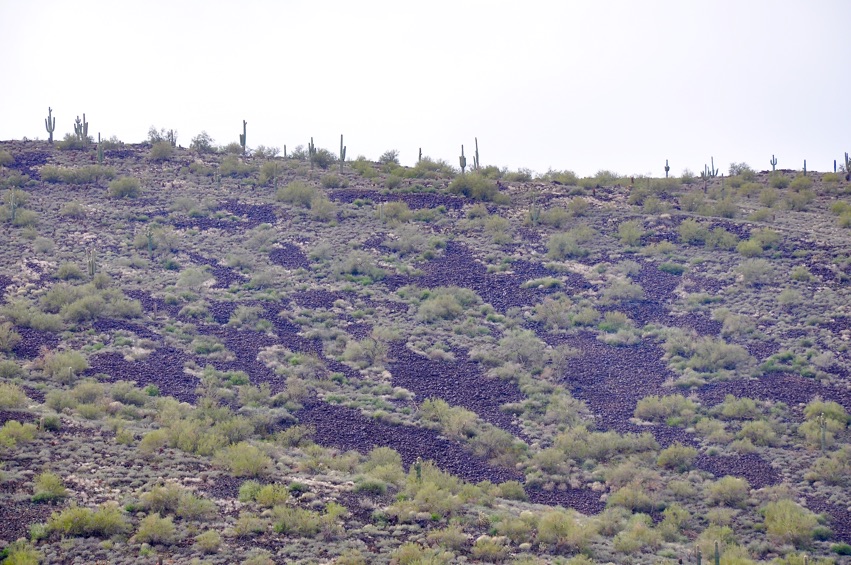
Throughout the Baja and northern Mexico as well as the deserts of the American Southwest, mountains made up of millions of boulders are commonly found. Some, as shown here, are the remains of 1.6-million-year-old lava flows from ancient volcanoes that broke through the Earth's surface to create small mountains of fractured volcanic basalt rock.
Ancient art
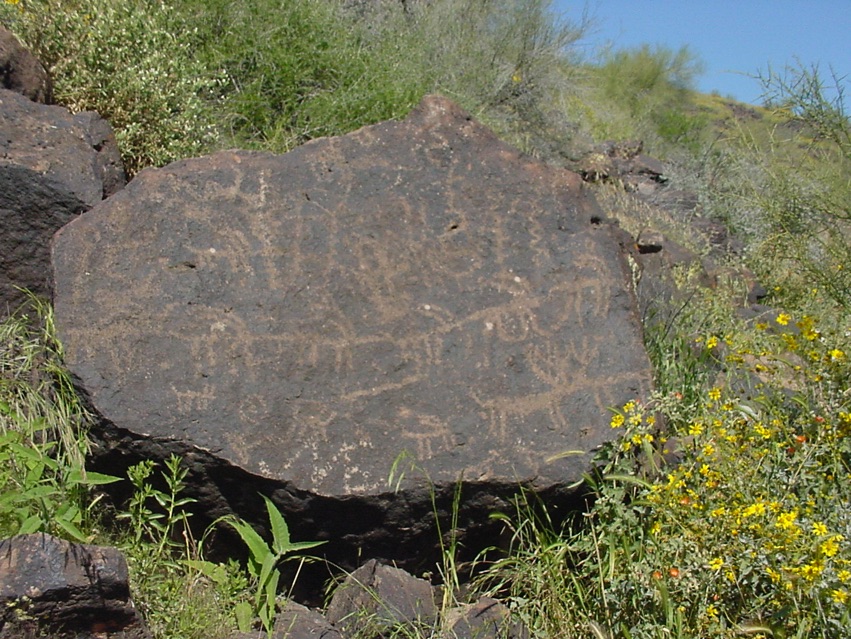
Early man often used these boulders of basalt as ancient sketch pads, etching meaningful symbols and/or pictures into the basalt, The prehistoric petroglyphs give modern scientists a glimpse into the everyday lives of these desert regions' first inhabitants.
Rare and awesome

Other mountains found throughout this vast region of North America are composed of millions of boulders of granite, fractured and broken by the relentless forces of wind and rain/freezing and thawing, But whether it is a mountain composed of boulders of basalt or granite, the cracks and crevasses found here create a special environment for one of the region's most unique animals — the chuckwalla.
Tiny dinos
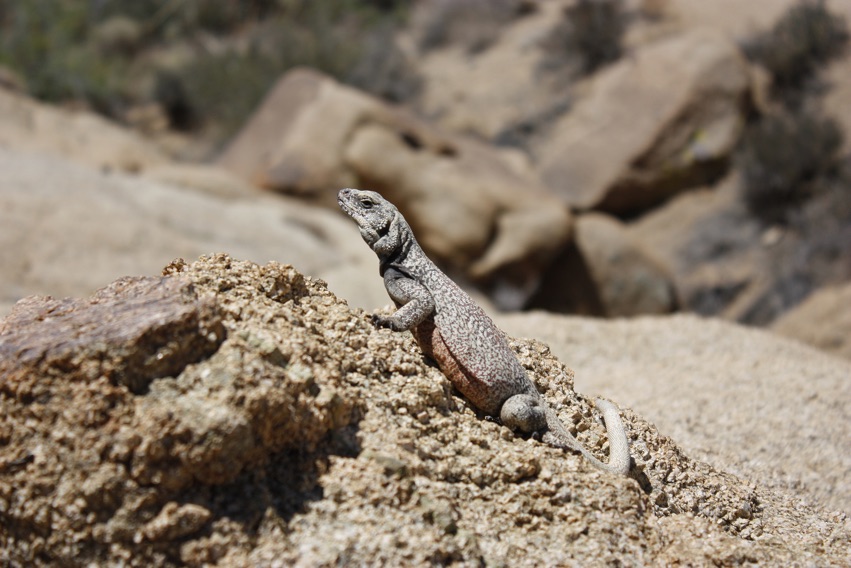
The chuckwalla (Sauromalus ater) is the large, over-sized lizard of the North American deserts. When first seen, these herbivorous lizards truly resemble a diminutive dinosaur from the Jurassic Period still basking in the warm desert sun. Chuckwallas are considered to be a part of the family Iguanididae.
Big fellas
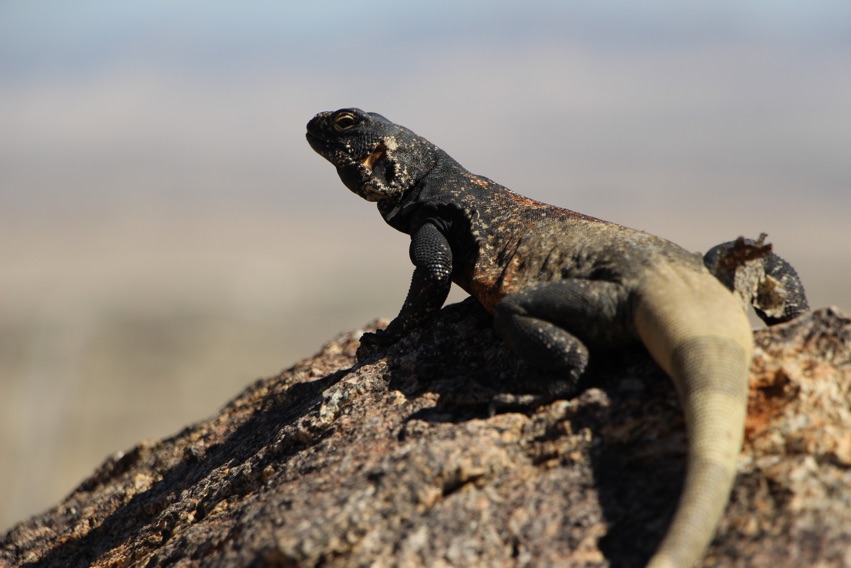
The typical adult chuckwalla grows to a length of nearly 16 inches (40 centimeters) and can weigh up to 2 pounds (0.9 kilograms). Large folds of loose skin are common along the lizard's sides and their tails are thick and scaly. Adult males, like the one shown here, tend to be black in color on their heads and front legs. Their large thick bodies tend to be blackish, with speckles of red, orange, yellow and gray — ideal for blending into the rocky environment in which they live.
Picky home-makers
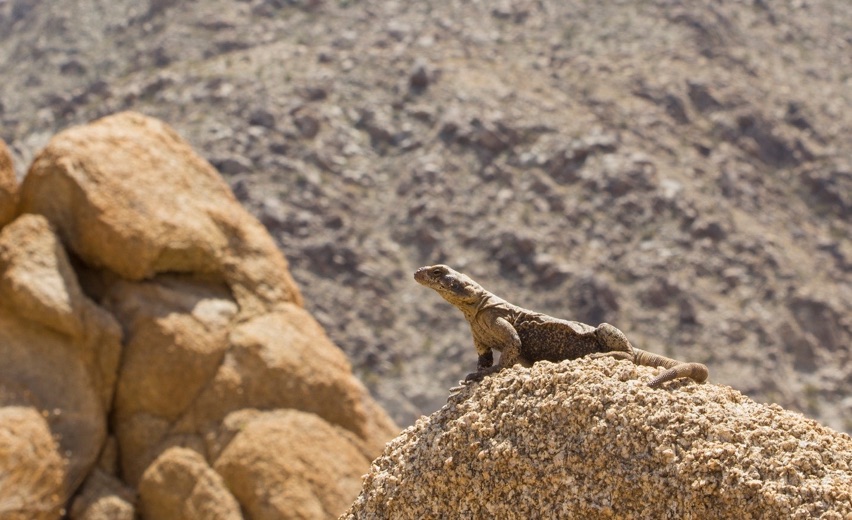
Chuckwallas are strictly rock dwellers, found in the lava flows and rocky outcrops of the Great Basin, Mojave and Sonoran Deserts. Here they find the shelter and food necessary to survive in this most challenging environment. Chuckwallas have adapted well to the desert climate by never having to drink free-standing water, instead obtaining the life-sustaining liquid from the vegetation that they eat.
Vegans
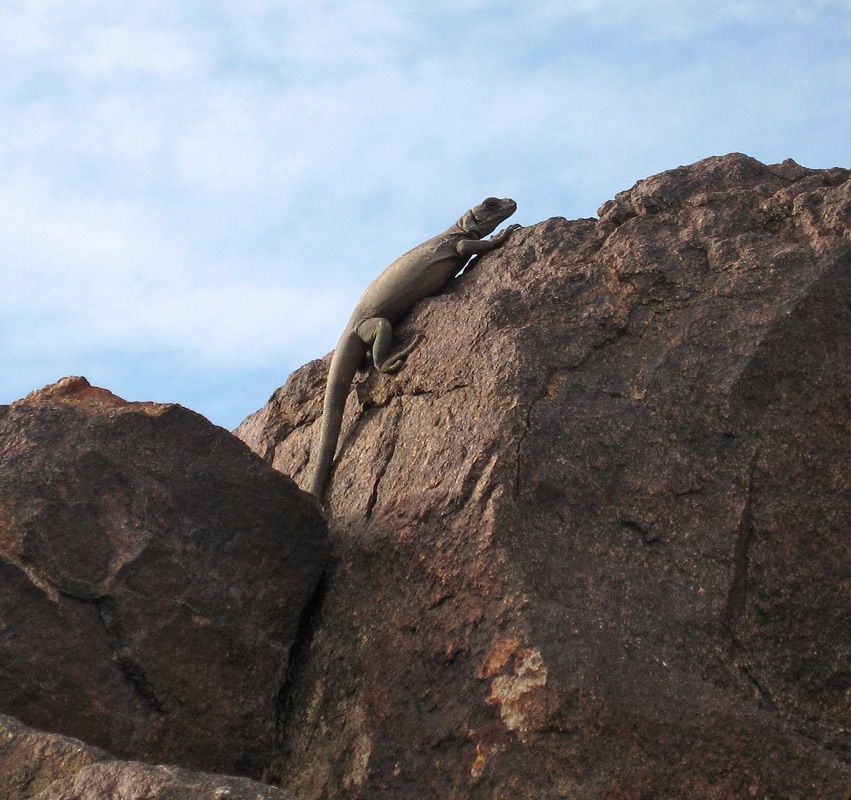
Chuckwallas are strictly herbivorous. They will consume leaves, fruits, flowers and buds found growing near their rocky homes. They tend to graze for their food early in the morning then spend the remainder of the day sunning on the many nearby rocks. These lizards have lived upwards of 10 years when in captivity and may live up to 25 years in the wild.
Sign up for the Live Science daily newsletter now
Get the world’s most fascinating discoveries delivered straight to your inbox.
Defensive
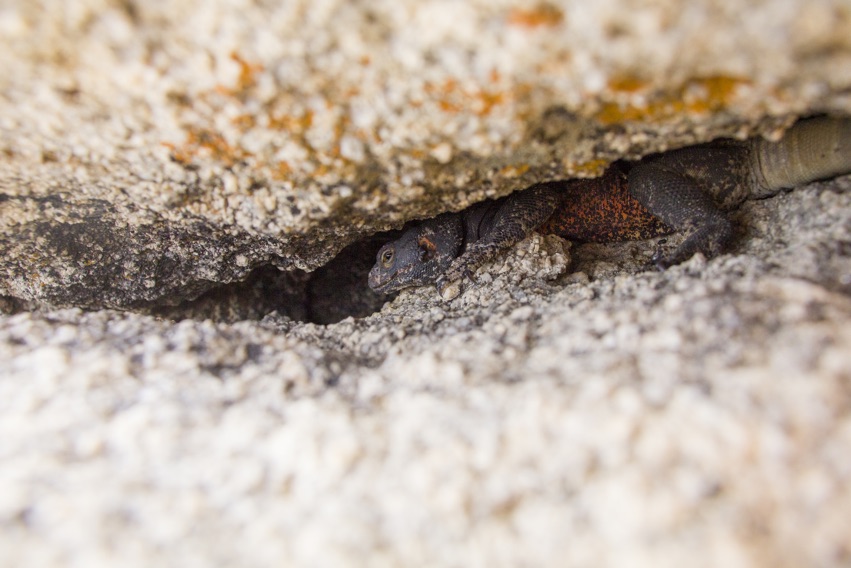
Male chuckwallas are highly territorial. They excrete a scent through a gland inside of their thighs to mark their territory. Females are tolerated within their territory but not other males. When threatened, both genders will take advantage of their rocky home environments and hide from danger in the many available cracks and crevices.
Safe and secure
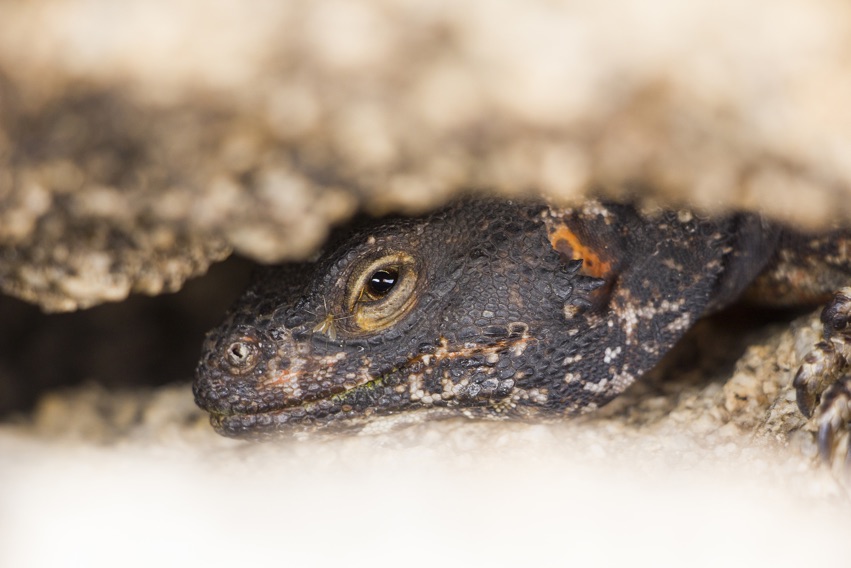
Once in a snug, rocky crack, the chuckwalla has the ability to inflate its body with air. This creates an illusion to dangerous prey of looking much larger, and prevents any predator from pulling the now-inflated lizard from its protective fissure. Chuckwallas are diurnal animals and can remain active in the desert sun up to 102 degrees Fahrenheit (39 degrees Celsius).
Homemakers
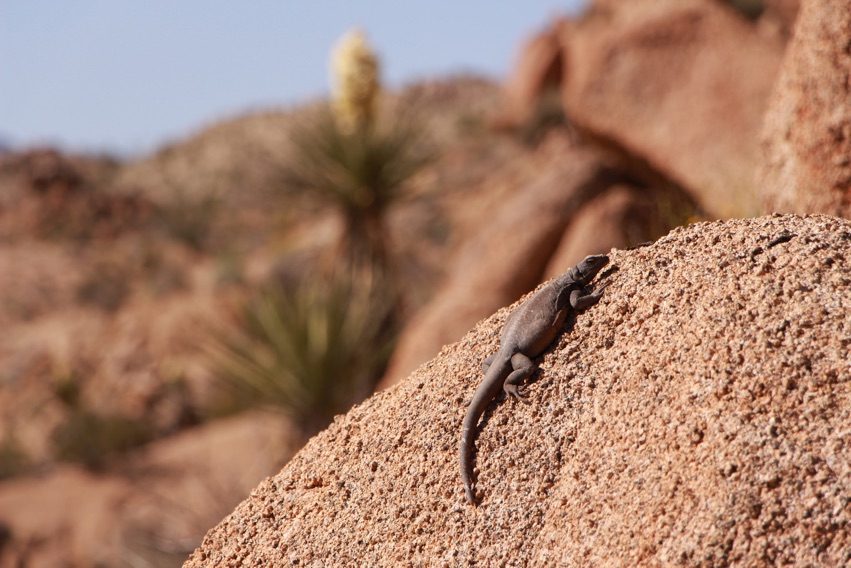
Chuckwallas live in their rocky desert environments at elevations up to 4,500 feet (1,370 meters). They tend to hibernate from late October until late February. Mating generally occurs during the months of April through July. Males often battle for the right to mate with a female. Within the rocky crevices, the female will find a protected and warm location to lay her eggs. A clutch of chuckwalla eggs may have between five and 18 eggs found within it.
We are family!
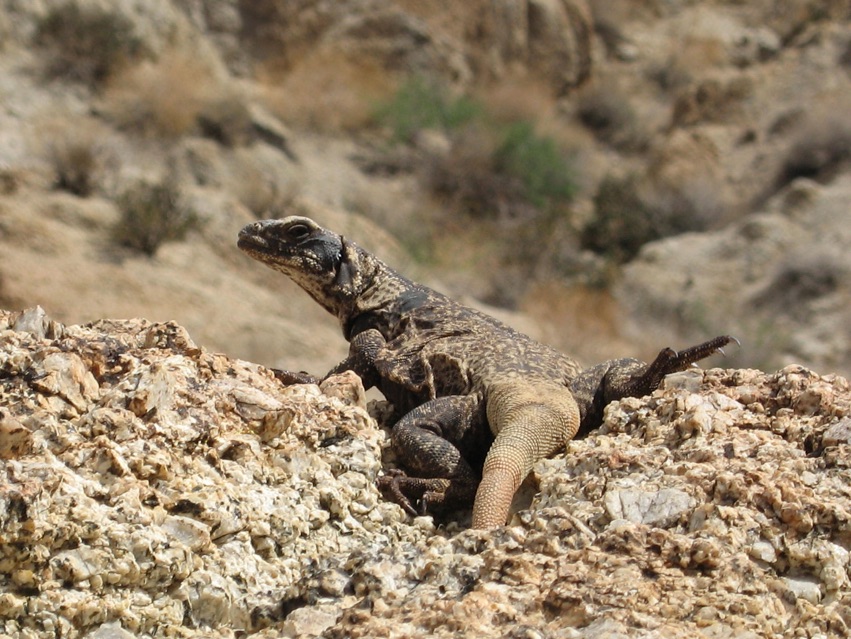
There are no subspecies of chuckwallas currently recognized and all regional species since 2004 have been classified as Sauromalus ater. The common chuckwalla, shown here, is found in the southwest desert of the United States and northern Mexico. The piebald chuckwalla is found on the San Esteban and Isla Roca Lobos Islands in the Sea of Cortez and can grow up to 30 inches (76 centimeters) in length, making it the largest of chuckwalla species.. The spiny-tailed chuckwalla is the showiest of chuckwallas and is also found only on a group of islands in the Sea of Cortez.










